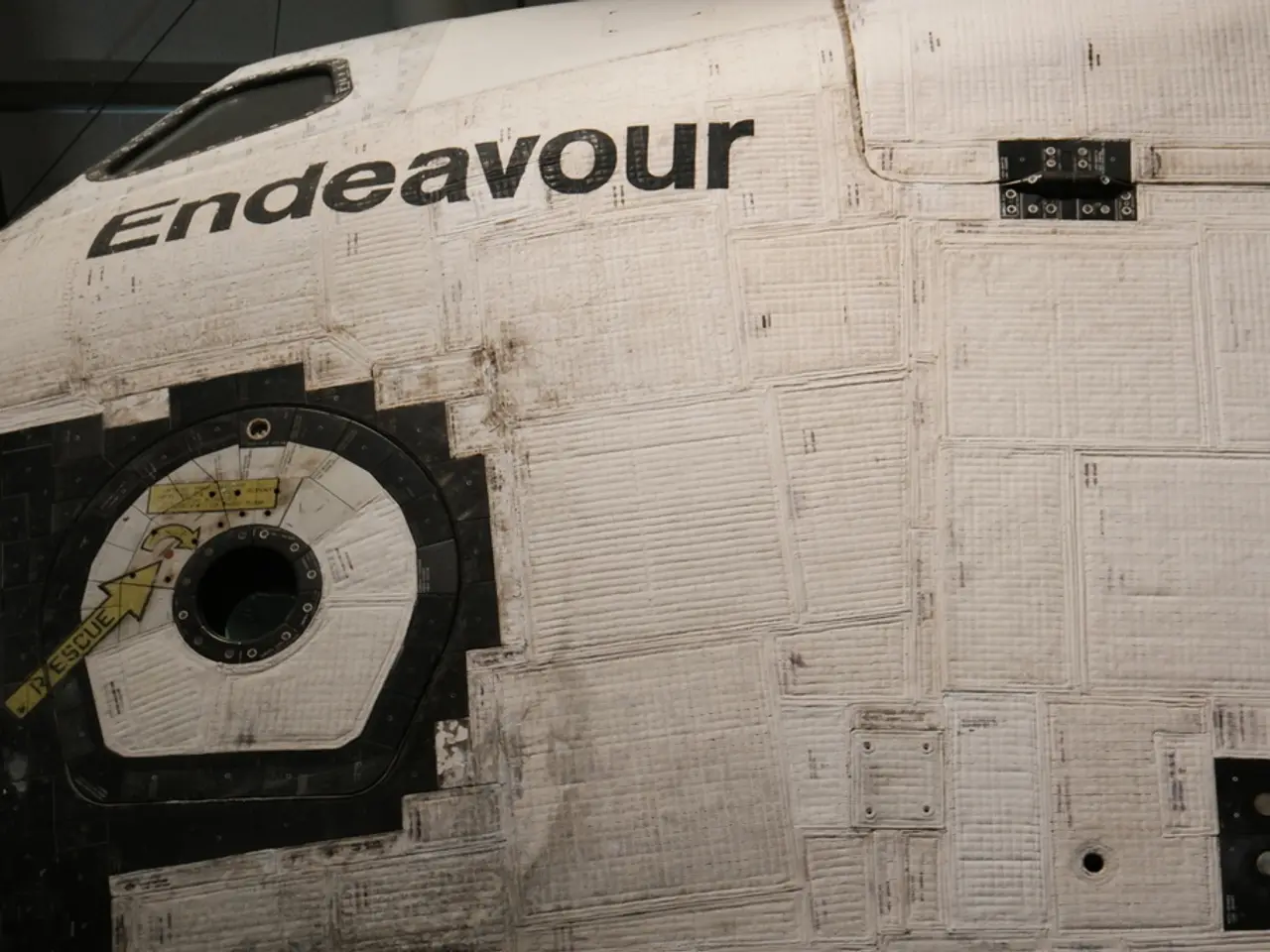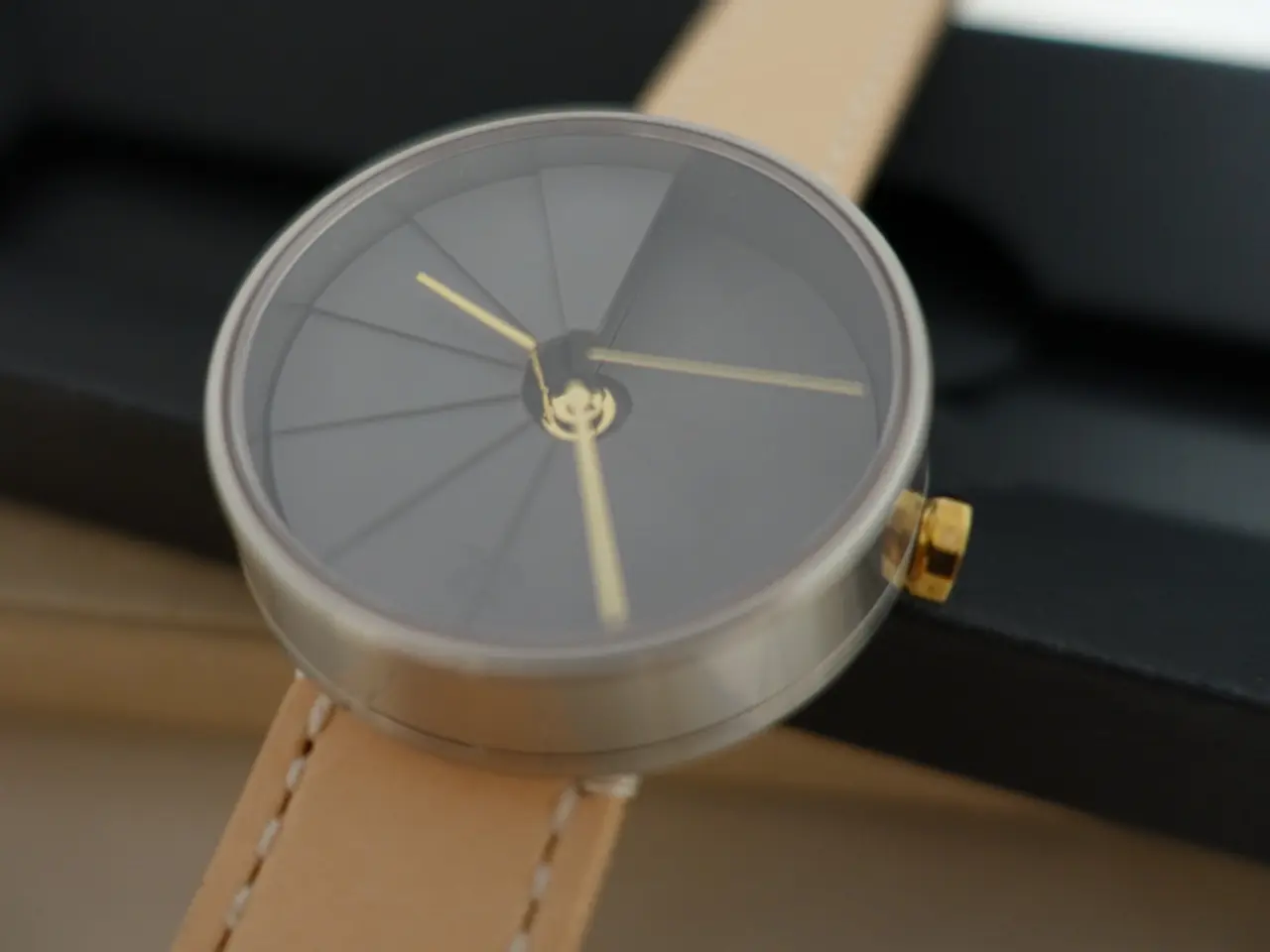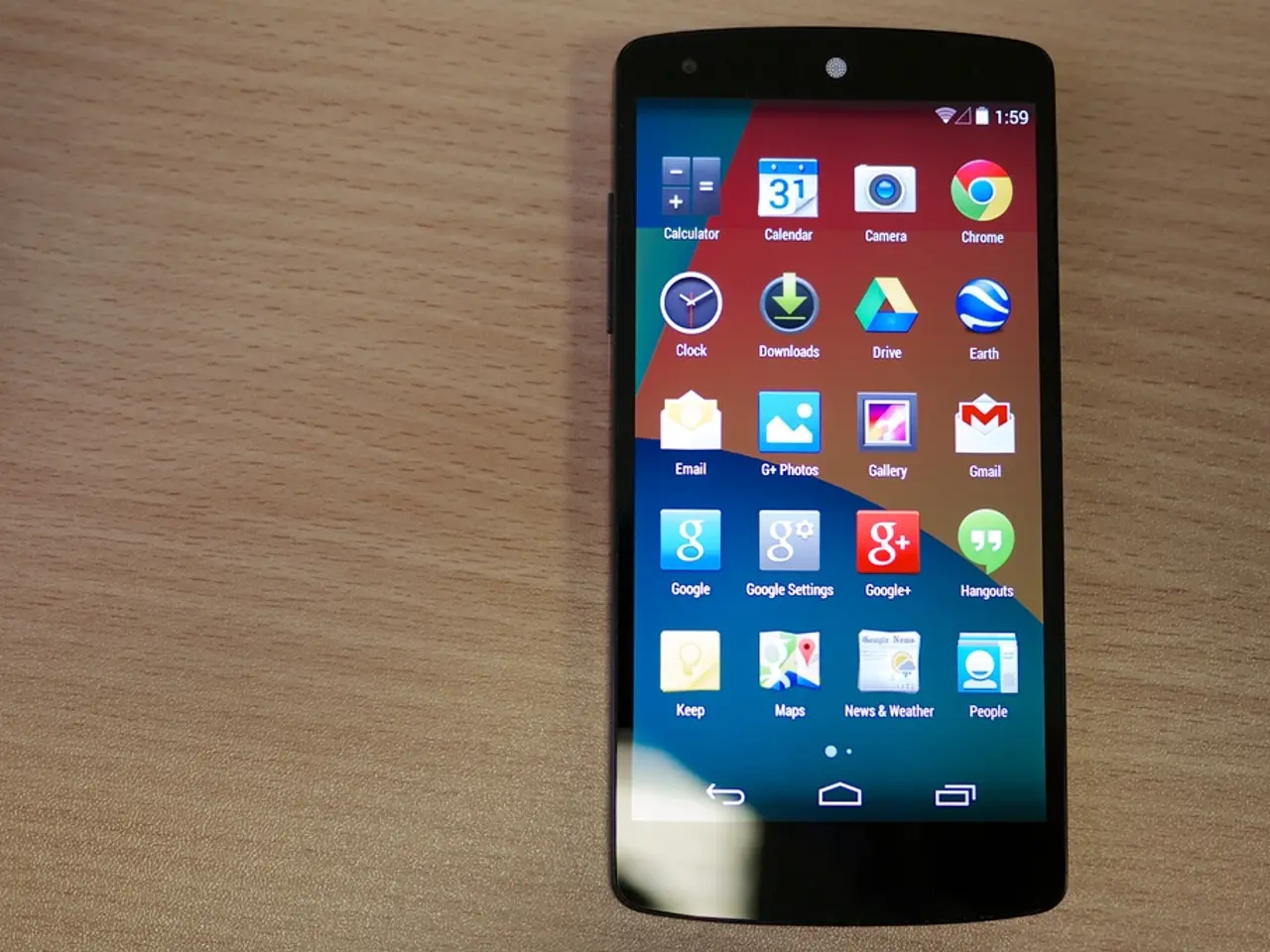Boeing's Starliner Mission Experience an Unsuccessful Launch
The Boeing Starliner spacecraft, designed as part of NASA's Commercial Crew Program to replace the retiring Space Shuttle fleet, has faced a series of setbacks due to a combination of technical, financial, and political issues.
### Technical Reasons
The spacecraft's journey has been marred by several technical hurdles. In 2024, before a planned launch, 13 valves inside the spacecraft seized up due to internal corrosion caused by moisture mixed with nitrogen tetroxide. This problem delayed the launch by almost a year and raised concerns about long-term reliability[1]. During the 2024 crew flight test, at least four of the 28 maneuvering thrusters failed while docking with the International Space Station (ISS), and multiple helium leaks were found in the propulsion system, posing risks to spacecraft maneuverability and safety. These issues led NASA to cancel the return flight for the crew, leaving astronauts stranded in space for nearly nine months while Boeing investigated[1][3].
Other technical failures include a critical software anomaly in the 2019 Orbital Flight Test-1, which caused the spacecraft to burn excess fuel attempting to correct its course, preventing it from reaching the ISS and forcing mission termination. Post-flight analysis found overheating inside a key valve that caused thruster malfunction[3]. Despite resolving about 70% of the known anomalies, 30% remain serious, necessitating extensive ground and in-space tests before allowing another crewed flight[1][3].
### Financial Reasons
The technical setbacks have caused significant delays and cost overruns for Boeing. Delays reduce Boeing's ability to compete effectively against rivals like SpaceX, which took a more incremental, cargo-first testing approach[2]. These delays have strained NASA's budgets and timelines for commercial crew transport, forcing additional expenditures on alternative arrangements, such as extending astronauts' space station stays and relying on SpaceX Crew Dragon for safe returns[3].
### Political Reasons
Boeing's Starliner issues have caused controversy and criticism within NASA and Congress, with some criticizing the program as poorly managed and unsafe for astronauts. Politically, setbacks hinder NASA's goal of having multiple certified US commercial crew vehicles, increasing reliance on SpaceX. This affects policy and funding dynamics related to US spaceflight leadership[4]. NASA’s decision to leave astronauts stranded in the ISS for months and replace their return flight with a SpaceX vehicle exemplifies a cautious but politically sensitive approach, reflecting loss of confidence in Starliner’s readiness[3].
In summary, Boeing Starliner's setbacks stem from complex technical failures in valves, thrusters, and software; financial impacts from cost escalations and delays; and political pressures tied to program credibility and NASA's commercial crew plans. The program continues recovery efforts through redesigns, extensive testing, and plans for incremental uncrewed cargo flights inspired by SpaceX's proven strategy[1][2][3][4].
The Boeing Starliner saga offers critical lessons about space exploration and corporate culture, particularly the importance of meticulous engineering, redundancy, and prioritizing engineering innovation over financial metrics. As the space industry evolves, it remains to be seen how Boeing will navigate these challenges and whether they can regain their standing as a leader in human spaceflight.
The Boeing Starliner program, in its efforts to revolutionize human spaceflight, has not only encountered technical issues such as valve malfunctions, thruster failures, and software anomalies but also faced financial consequences from cost escalations and delays, potentially impacting its competitive edge against rivals like SpaceX. Amidst political pressure to ensure astronaut safety and the success of NASA's commercial crew plans, Boeing aims to implement lessons learned from the setbacks, focusing on meticulous engineering, redundancy, and prioritizing engineering innovation over financial metrics in the pursuit of reestablishing their leadership position in the space industry. Additionally, the company could benefit from observing SpaceX's strategy of incremental uncrewed cargo flights to ensure safer, more reliable missions.
In light of these challenges, Boeing's Starliner project presents valuable insights into the intricate dynamics of space exploration and corporate culture, underscoring the significance of maintaining a balanced approach towards technical excellence and financial stability for successful space missions.
Apart from these lessons, one may also find interest in discussing the Starliner saga on a relevant blog, contributing to the broader discourse on science, technology, finance, and business, with a focus on space-and-astronomy.




